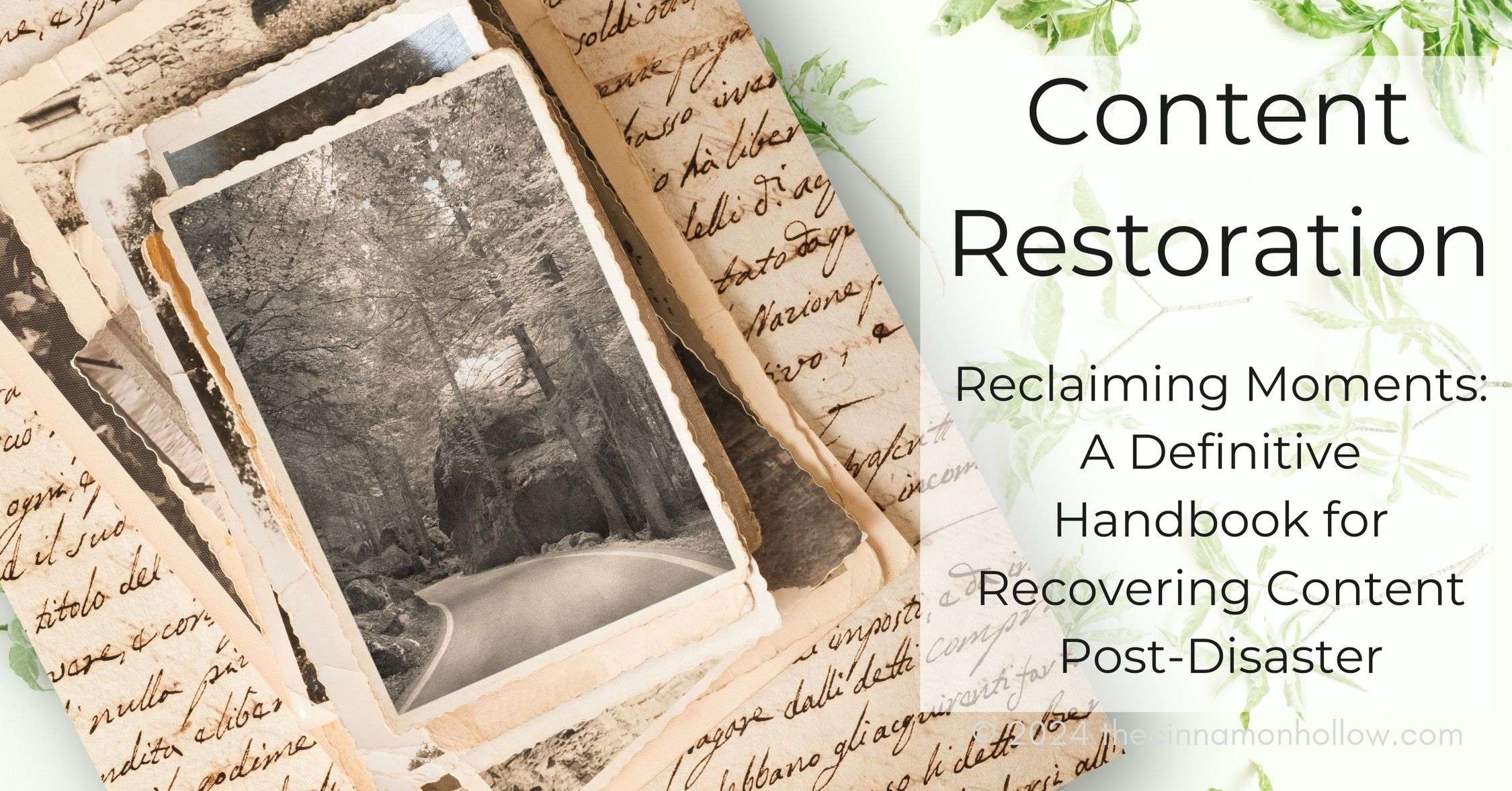Experiencing a disaster, be it a flood, fire, or catastrophic event, can be overwhelming. It’s not just the structural damage that takes a toll but the potential loss of personal items that bear irreplaceable sentimental value. Valuable documents, cherished photographs, and special mementos may seem lost forever. However, all is not lost. It’s possible to salvage these memories with the proper knowledge and services. This comprehensive guide will walk you through content restoration after a disaster, helping you preserve and restore your precious possessions.
Initial Steps for Salvaging Memories: Secure and Assess
When a disaster strikes, safety is the foremost priority. Once it’s safe to re-enter your property, the first step is to secure your belongings to prevent further damage. It involves moving items to a secure, dry area if you’ve experienced flooding or a clean, soot-free zone if a fire occurs. The sooner you can separate undamaged items from those affected by the disaster, the better the chances of successful content restoration. Next, assess the damage. Take a detailed inventory of affected items, noting their condition. It will help prioritize restoration efforts and assist with insurance claims. Remember to document everything with photos and detailed descriptions.
Professional Content Restoration Services
For items that need more than a quick clean or are particularly valuable or sentimental, it’s often best to use professional content restoration services. These experts have the knowledge and technology to handle delicate processes beyond the DIY efforts’ scope. A professional content restoration service will typically follow a meticulous process, which may include, first, evaluation and documentation of items for restoration. Second, emergency pre-cleaning is done to prevent further damage. Third, applying various specialized restoration techniques tailored to the type of material and extent of the damage. Next is deodorization, especially for items affected by smoke or mold—lastly, digital replication of documents or photos that cannot be wholly restored.
Reviving Your Electronic Memories and Documents
Much of what we hold dear in our digital age is stored electronically. Thousands of images, films, and important papers can be found on computers, external hard drives, and other electronic devices. Specialized services can frequently retrieve deleted data from devices, even if it seems irreparable.
Salvaging Photographs and Paper Documents
Paper goods like photographs and documents present unique challenges post-disaster. Though delicate and sensitive to water, heat, and smoke, there are methods to salvage these items. Experts in paper restoration have several techniques, including freeze-drying to remove moisture without causing additional damage and careful cleaning and deacidification processes.
Handling Textiles and Clothing
Clothing, quilts, and other textiles often hold special memories and can frequently be restored if treated promptly and adequately. Professional restoration services tackle water damage, mold, and soot using safe but efficient methods to revive these things.
Preserving Art and Antiques
Art and antiques require specialist knowledge for restoration. Professionals understand the historical and intrinsic value, employing delicate cleaning, structural repairs, and conservation methods to preserve these unique items for future generations.
Finding the Right Professional Help
Navigating the content restoration process requires expert assistance. Working closely with a reputable professional firm can help guarantee that your prized belongings receive the finest care possible and have the best chance of recovering.






